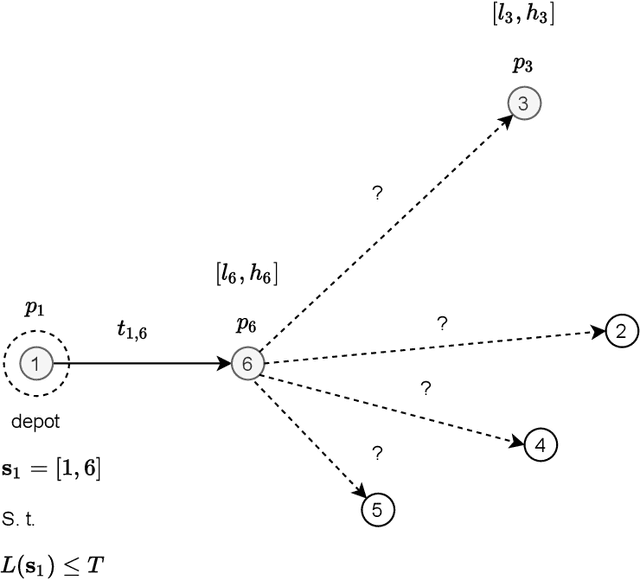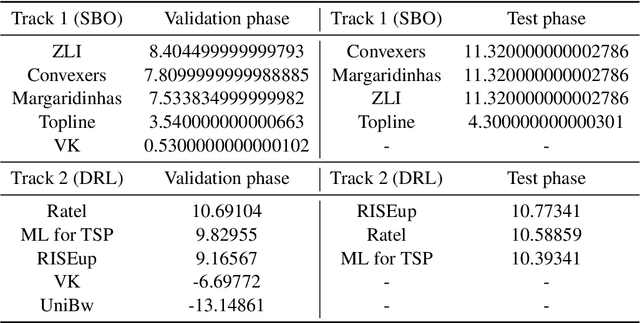Caroline Leboeuf
Optimization of the location and design of urban green spaces
Mar 13, 2023



Abstract:The recent promotion of sustainable urban planning combined with a growing need for public interventions to improve well-being and health have led to an increased collective interest for green spaces in and around cities. In particular, parks have proven a wide range of benefits in urban areas. This also means inequities in park accessibility may contribute to health inequities. In this work, we showcase the application of classic tools from Operations Research to assist decision-makers to improve parks' accessibility, distribution and design. Given the context of public decision-making, we are particularly concerned with equity and environmental justice, and are focused on an advanced assessment of users' behavior through a spatial interaction model. We present a two-stage fair facility location and design model, which serves as a template model to assist public decision-makers at the city-level for the planning of urban green spaces. The first-stage of the optimization model is about the optimal city-budget allocation to neighborhoods based on a data exposing inequality attributes. The second-stage seeks the optimal location and design of parks for each neighborhood, and the objective consists of maximizing the total expected probability of individuals visiting parks. We show how to reformulate the latter as a mixed-integer linear program. We further introduce a clustering method to reduce the size of the problem and determine a close to optimal solution within reasonable time. The model is tested using the case study of the city of Montreal and comparative results are discussed in detail to justify the performance of the model.
The First AI4TSP Competition: Learning to Solve Stochastic Routing Problems
Jan 25, 2022



Abstract:This paper reports on the first international competition on AI for the traveling salesman problem (TSP) at the International Joint Conference on Artificial Intelligence 2021 (IJCAI-21). The TSP is one of the classical combinatorial optimization problems, with many variants inspired by real-world applications. This first competition asked the participants to develop algorithms to solve a time-dependent orienteering problem with stochastic weights and time windows (TD-OPSWTW). It focused on two types of learning approaches: surrogate-based optimization and deep reinforcement learning. In this paper, we describe the problem, the setup of the competition, the winning methods, and give an overview of the results. The winning methods described in this work have advanced the state-of-the-art in using AI for stochastic routing problems. Overall, by organizing this competition we have introduced routing problems as an interesting problem setting for AI researchers. The simulator of the problem has been made open-source and can be used by other researchers as a benchmark for new AI methods.
 Add to Chrome
Add to Chrome Add to Firefox
Add to Firefox Add to Edge
Add to Edge